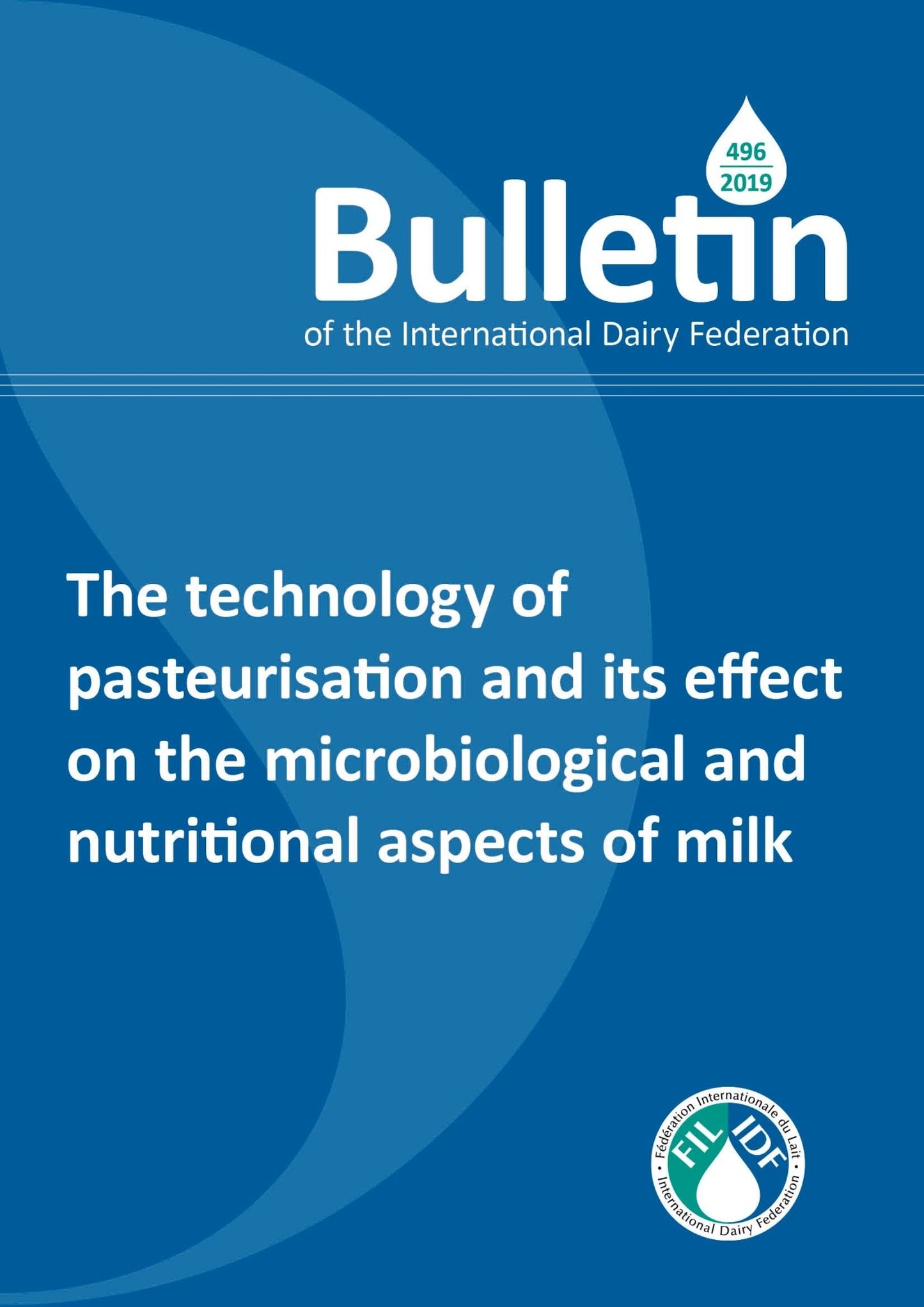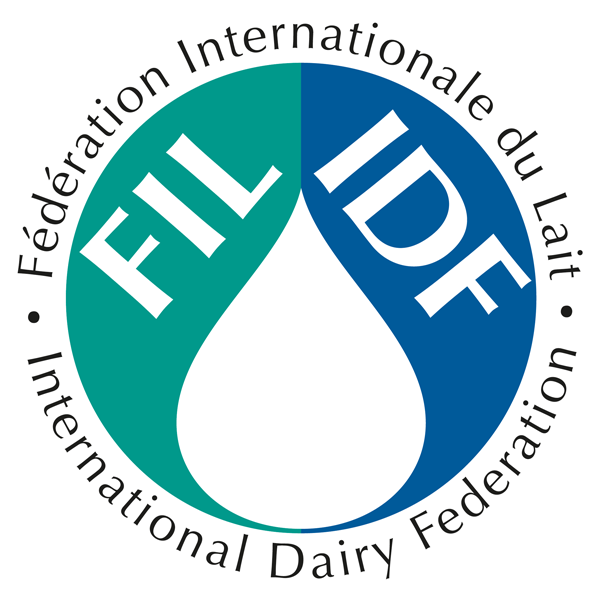Bulletin of the IDF N° 496/2019: The technology of pasteurisation and its effect on the microbiological and nutritional aspects of milk
As part of our commitment to provide practical support to the dairy sector during the COVID-19 pandemic, this publication is available for free at this time.
Couldn't load pickup availability
Document info
| pages | 34 |
|---|---|
| published date | 18 February 2019 |
| reference | Bulletin of the IDF No. 496/ 2019 |
Publication description
Pasteurisation of milk involves heating the milk to at least 72°C for 15 s or to 63°C for 30 min. Such heat treatment is necessary to reduce pathogenic bacteria to an acceptable safe level and reduce spoilage organisms, thus extending the shelf-life of the milk and improving public health. There are few adverse effects on the nutritional quality of the milk.
In this Bulletin, the technological process of pasteurisation is outlined, the microbiological aspects of the impact of pasteurisation on public health are explained
and the scientific basis demonstrating that milk pasteurisation does not significantly impact the nutritional properties of milk are described. Thus, according to the currently available knowledge, drinking pasteurised milk is still the safest way to enjoy the health benefits of drinking milk. T he focus of the Bulletin is on pasteurised cow's milk for direct consumption; milk from other animal species or milk intended for further processing have not been considered in this publication. Although homogenisation is now an integral part of the pasteurisation process in many regions, it has not been considered for the purposes of this Bulletin.
This Bulletin will be of value to the dairy sector and to a broader audience, as it provides an overview of the process of pasteurisation of milk, the advantages of
milk pasteurisation from a public health perspective and demonstrates that milk pasteurisation has little impact on the nutritional properties of milk.
Keywords: Pasteurisation, heat treatment, cow’s milk, safety, nutrition, technology.


